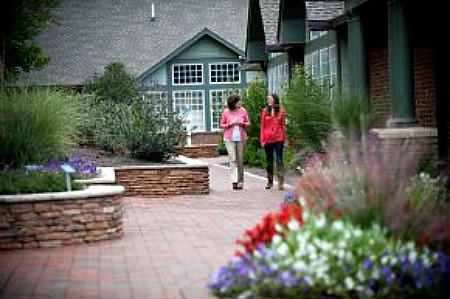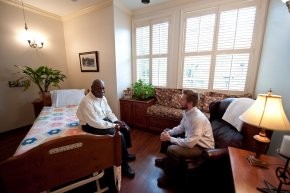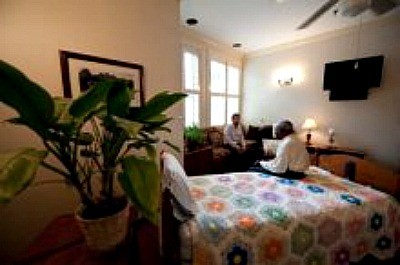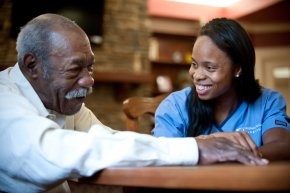Tuesday March 10th, 2015
Spring Circular 2015
The Spring Circular 2015 includes: (Click here to read the Spring Circular 2015) Annual Hospice Hope Run, A Message from the CEO, A Homeless Patient’s Dying Wish, Benefits of Earlier Admission to Hospice, Please Don’t Hesitate to Call, 2015 Hospice Hope Classic, Plumbers in Pink, Embracing Hope Poem, Camp Carousel 2015, and We Proudly Honor Veterans, Veterans Coffee Events



